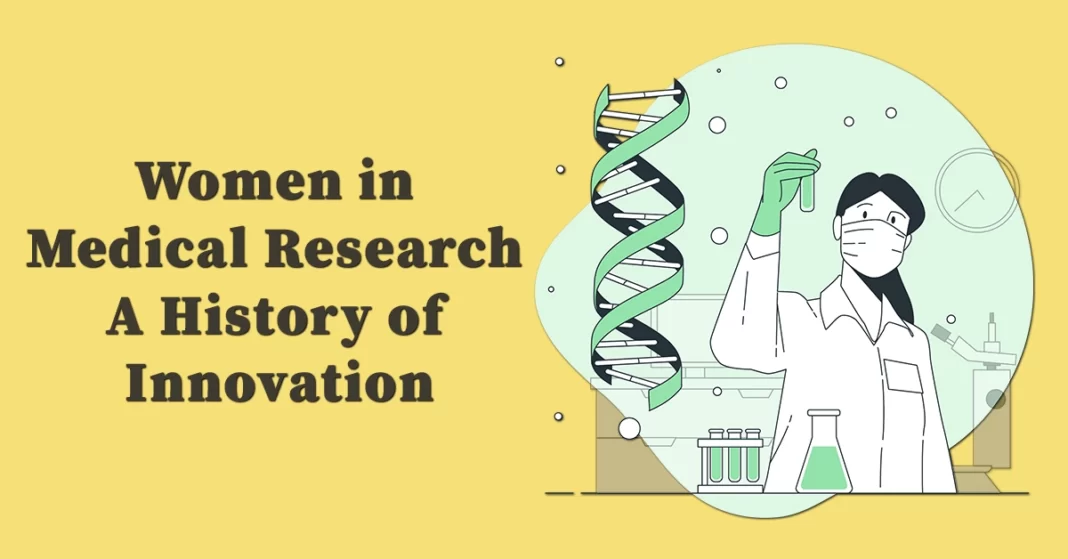Women have always contributed a lot to the field of medicine. Studies have shown that women can provide better health care than men. From early civilization, we know that women were always involved in medical research. Women across the world have overcome all the adversities to make their contribution to medical research.
Famous Women and Their Achievements in Medical Field
If we look at history, we can see that women have played a significant role in the medical field. Also, their work has paved the way for new inventions and discoveries.
You may also like: The Challenges and Perspectives of Liberal Arts Graduates of Asian University for Women Working in Pakistan
Here are some famous women and their achievements in the field of medicine.
Rosalind Franklin
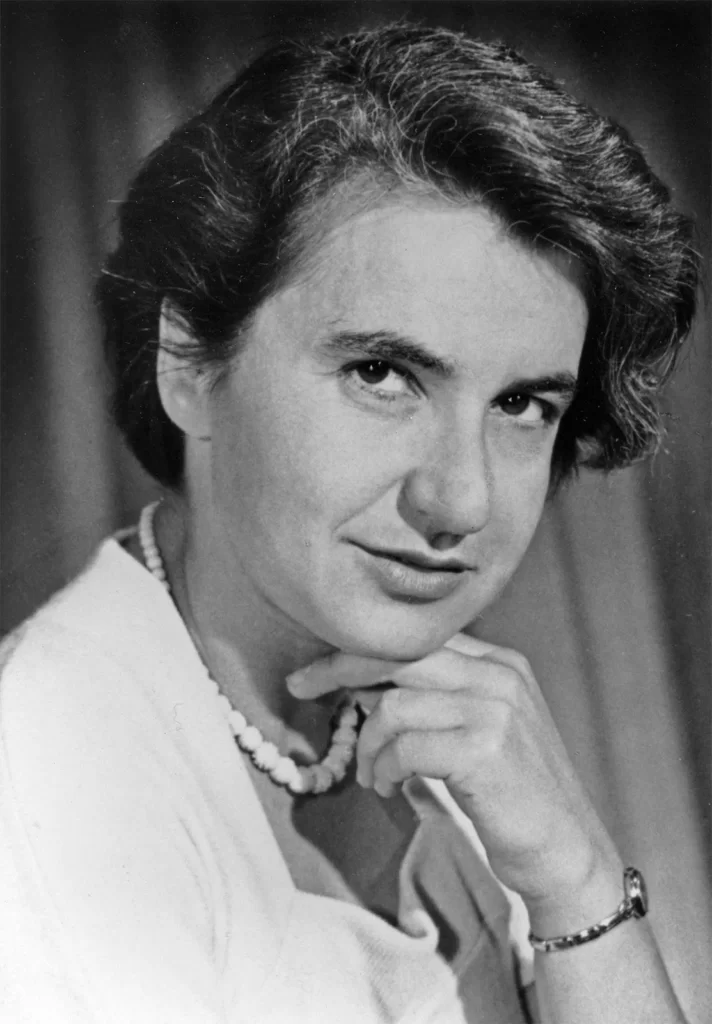
“Science, for me, gives a partial explanation for life. In so far as it goes, it is based on fact, experience, and experiment.”
Rosalind Franklin, born on July 25, 1920, was a British X-ray crystallographer and chemist. She was famous for her X-ray diffraction study. It provided a clue for the structure of DNA. Her central work related to the systems of viruses, DNA, and RNA. She is also known as the “Dark Lady of DNA.” She died at the age of 37.
Early Life and Education
Rosalind was the eldest of four siblings. Her father, Elis Arthur Franklin, was a teacher at Working Men’s College. Franklin received her early education from Norland Palace School and St. Paul’s Girls School. She got her degree in natural sciences from Newnham College, Cambridge. She completed her Ph.D. degree in physical chemistry.
Achievements
- In 1951, Rosalind presented her information about discovering DNA in Cambridge.
- She completed her work at the Crystallography Laboratory on DNA and coal. Also, she started her project on the molecular structure of the tobacco mosaic virus.
- Her seventeen papers are published on the tobacco mosaic virus.
- During her research at King’s College Biophysical Laboratory, the work on the X-ray patterns of DNA suggested that DNA is a double helix polymer.
- With her expert X-ray diffraction techniques, she created photos of virus structures.
- For the 1958 World’s Fair, she created large models of viruses.
- After her death, she was awarded the Noble Prize on October 19, 1962.
Marie Curie
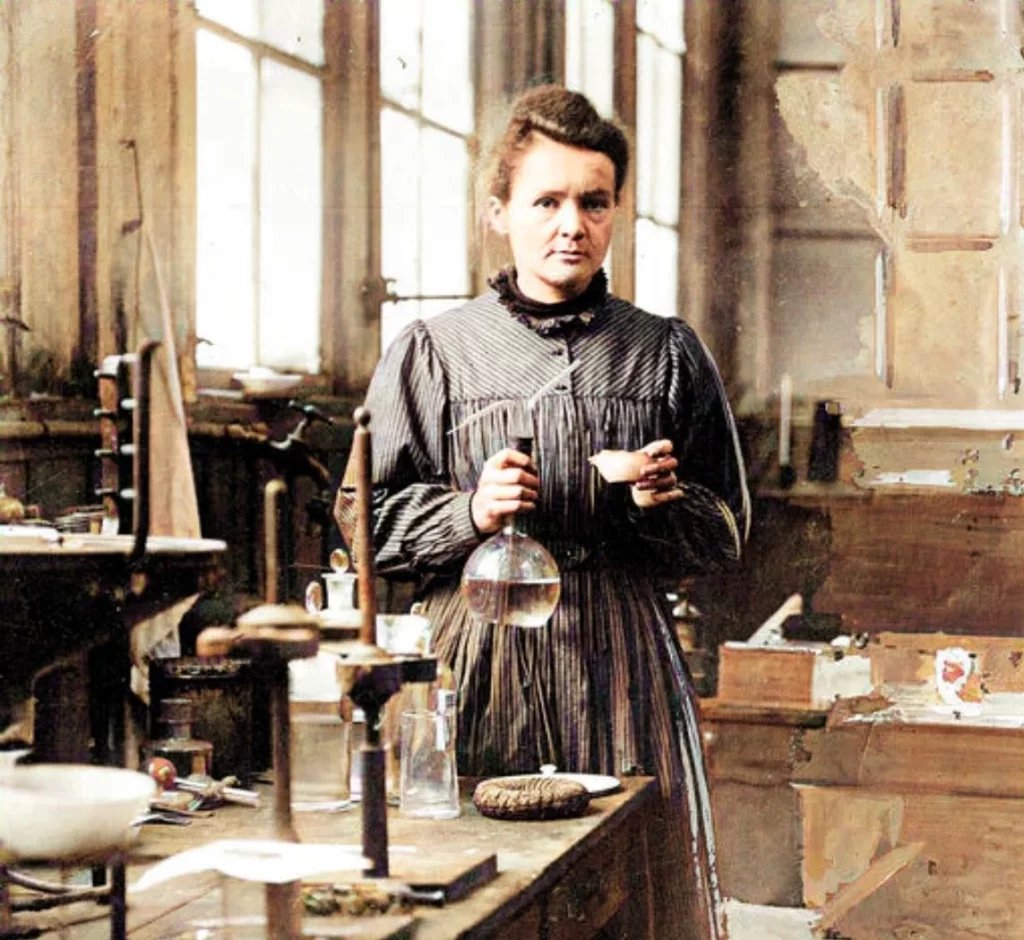
“Life is not easy for any of us. But what of that? We must have perseverance and, above all, confidence in ourselves. “We must believe that we are gifted for something and that this thing, at whatever cost, must be attained.”
Marie Curie, born on November 7, 1867, was a chemist and physicist known for her medical research on radioactivity. She is the only woman who got the Nobel Prize twice for two scientific fields. She became the first female professor to teach at the University of Paris in 1906. Marie died at the age of 66 in 1934 due to the aplastic pernicious anaemia, a condition she developed after years of exposure to radiation through her work.
Early Life and Education
Marie was born in Warsaw; she was the youngest of four siblings. Her mother died in 1878 when she was ten years old. Marie got her early education from the local schools, and her father gave her scientific training. At the age of 24, she completed her higher education. Marie married the physicist Pierre Curie in 1895.
Achievements
- At the age of 10, she got Gold Medal in the gymnasium.
- Marie Curie founded two medical research centers: Curie Institute of Warsaw and Curie Institute of Paris.
- Under her supervision, treatment for the neoplasm was carried out.
- She is the first person to receive the Noble Prize twice and the first woman to receive Noble Prize.
- She won the Albert Medal in 1910.
- In the year 1911, she also got the Noble Prize for the discovery of radium and polonium.
- During World War I, Marie invented mobile radiology units.
- Marie was the first female member of The Royal Danish Academy of Sciences and Letter.
Elizabeth Blackwell
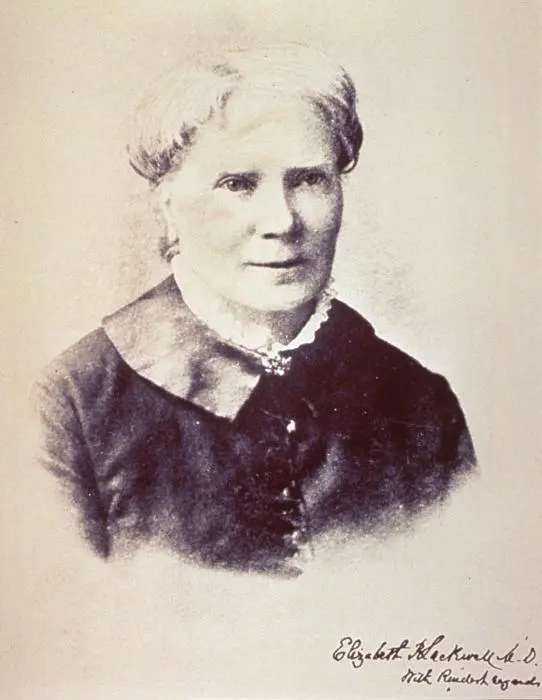
“I felt more determined than ever to become a physician and thus place a strong barrier between me and all ordinary marriage. I must have something to engross my thoughts, some object in life which will fill this vacuum and prevent this sad wearing away of the heart.”
Elizabeth Blackwell was a British physician born on February 3, 1821. She was the first woman to get a medical degree in the U.S. During her lifetime. Elizabeth made significant contributions to medical research. She promoted the education of medicine in women. She died at the age of 89 on May 31, 1910.
Early Life and Education
Elizabeth had two elder and six younger siblings. Her father was a sugar refiner. He died when Elizabeth was 17. Her family’s financial conditions were not so good. She also opened a school, “The Cincinnati English and French Academy for Young Ladies.” She started her education at Geneva Medical College in 1847. In April 1849, she traveled to England for further training. She also went to Paris the next month.
Achievements
- She completed her graduation in the year 1849. Her thesis on typhoid fever got published.
- 1852, her first work, “The Laws of Life with Special Reference to the Physical Education of Girls,” was published.
- She opened a dispensary in a slum district in the year 1853.
- During the American civil war, she aided in providing the nurses.
- Elizabeth also opened the New York Infirmary for Women and Children in 1857.
- In the year 1784, she opened a medical school in London.
Rachel Carson
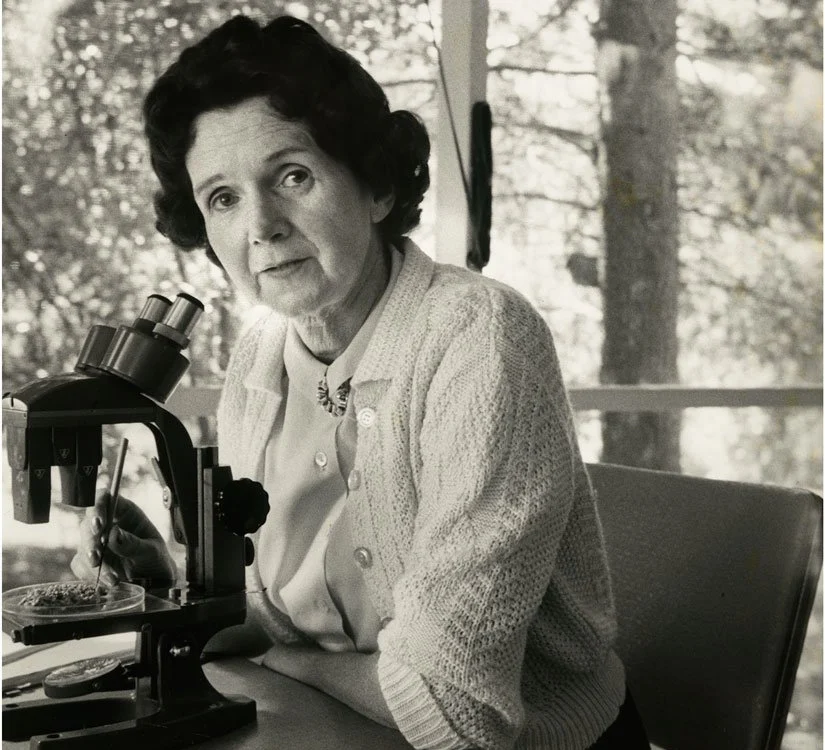
“We are accustomed to looking for the gross and immediate effects and ignoring all else. Unless this appears promptly and in such an obvious form that cannot be ignored, we deny the hazard’s existence. Even research men suffer from the handicap of inadequate methods of detecting the beginnings of injury. The lack of sufficiently delicate methods to detect injury before symptoms appear is one of the great unsolved problems in medicine.”
Rachel Carson, born on May 27, 1907, was an American writer and marine biologist. She is famous for her book “Silent Spring.” The book was published on September 27, 1962. She started her career as an aquatic biologist and wrote around 24 books. Carson had breast cancer. She died on April 14, 1964, due to a heart attack. Her contributions to medical research saved many lives.
Early Life and Education
Rachel’s father was an insurance salesman. From her childhood, Rachel begins to write stories. Her first story was published when she was ten. Rachel received her early education at a small school in Springdale. As of her higher studies, she started studying at Pennsylvania College for Women. Rachel changed her major from English to Biology in 1928. She completed her master’s in Zoology in 1932.
Achievements
- She won U.S. National Book Award for her book “The Sea Around Us.”
- In 1951, she got Guggenheim Fellowship for Natural Science, U.S. &Canada.
- She was also awarded the Presidential Medal of Freedom.
- She also extensively researched the effects of pesticides on the food chain.
- She was also elected to the National Institute of Arts and Letters.
Vera Rubin

“We all need permission to do Science, but, for reasons deeply ingrained in history, this permission is more often given to men than women.“
Vera Rubin, born on July 23, 1938, was an American astronomer. Rubin is known for advocating and promoting her life for women in science. She also inspired many females in the field of astronomy. She died at the age of 88 on December 25, 2016.
Early Life and Education
Vera was the youngest of two siblings. From her childhood, she had an interest in astronomy. Vera completed her graduation in astronomy in the year 1948. She completed her master’s degree in 1951 from Cornell University. Vera completed her Ph.D. degree from Georgetown University.
Achievements
- Vera Rubin discovered the phenomenon of the “galaxy rotation problem.”
- She received numerous accolades during her career. She also received The Bruce Medal and the Gold Medal of the Royal Astronomical Society.
- She is also famous for the discovery of dark matter.
- Her research discovered that invisible halos of matter surround the galaxy.
Rita Levi-Montalcini

“Progress depends on our brain. The most important part of our neocortical brain must be used to help others and not just to make discoveries.“
Early Life and Education
Rita Levi-Montalcini, born on April 22, 1909, was a neurobiologist. She served as a senator for life and was the first Noble laureate to reach 100. She died at the age of 103 on December 30, 2012.
Rita had five siblings. She had a twin sister Paola. Her father was an electrical engineer. She attended the University of Turin medical college and completed her education in 1936.
Achievements
- She was the first woman to receive Max Weinstein Award.
- She got a one-semester research fellowship at Washington University in St. Louis in 1946.
- Rita Levi-Montalcini also got the Nobel Prize for “nerve growth factor” in 1986.
- She set up a laboratory in Turin during the time of World War II. In her laboratory, she studied the nerve fiber of chicken embryos. Her work was later described in the documentary “Death by Design/The Life and Times of Life and Times.”

